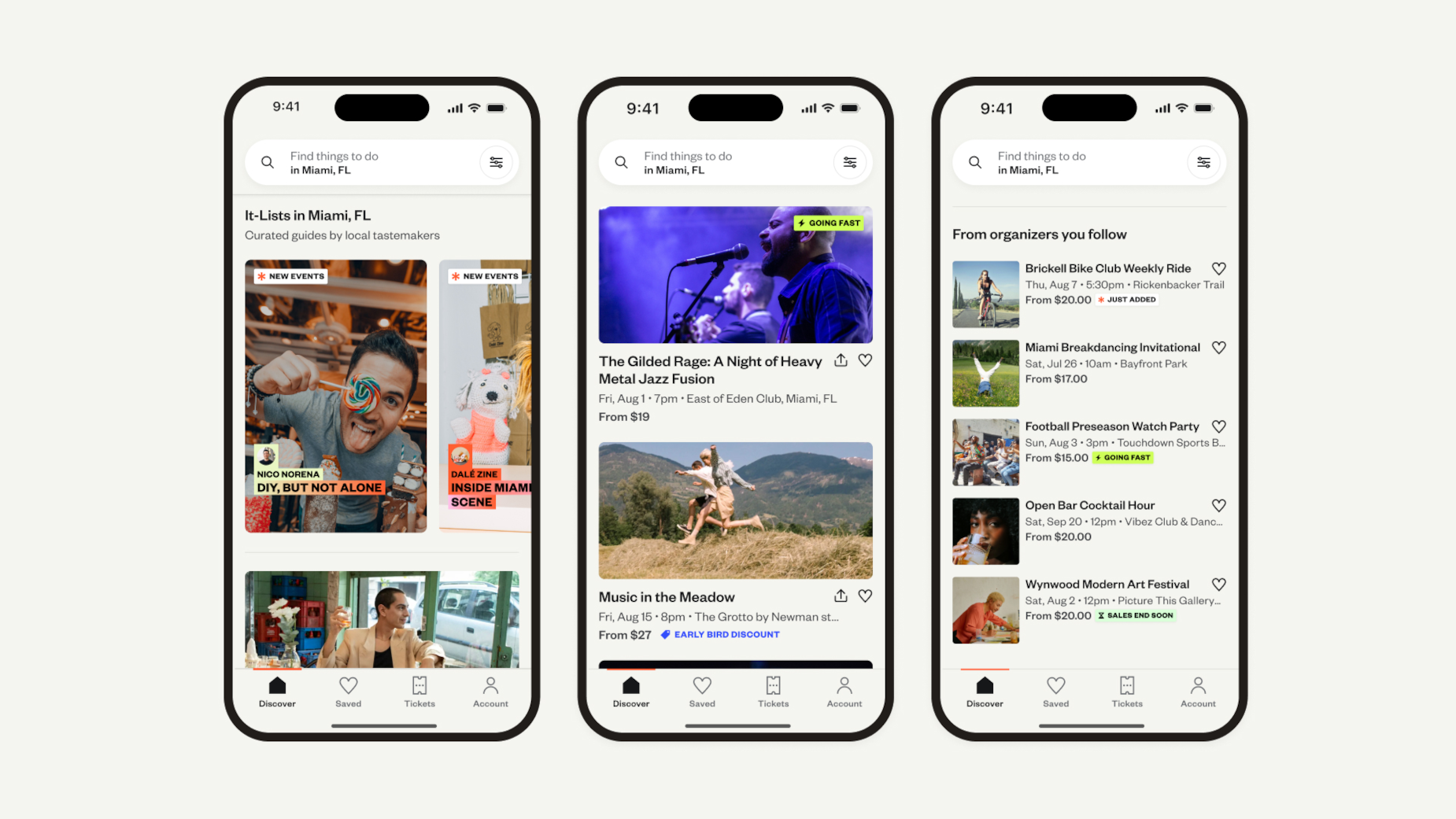Eventbrite Boost: Complete Buyer's Guide
AI-powered marketing platform for event creators
Eventbrite Boost is an AI-powered marketing platform designed specifically for event creators seeking streamlined campaign deployment and audience engagement without enterprise complexity. Unlike competitors requiring extensive integration, Boost operates as a native extension of Eventbrite's core platform, offering AI content generation, automated advertising optimization, and integrated analytics at accessible pricing starting at $15 monthly[139][151].
Market Position & Maturity
Market Standing
Eventbrite Boost occupies a unique position in the AI event marketing landscape as an accessible, integrated solution targeting small-to-medium event creators rather than competing directly with enterprise platforms like Cvent or Bizzabo.
Company Maturity
As part of Eventbrite's broader platform ecosystem, Boost benefits from the parent company's established infrastructure and customer base.
Growth Trajectory
The platform's integration within Eventbrite's ecosystem suggests continued development aligned with broader platform evolution.
Industry Recognition
Customer adoption patterns demonstrate consistent performance improvements, with documented case studies across diverse event types including entertainment (Busspepper Promotions)[148], automotive showcases (LA Auto Show)[135], and community events (Online Dance Parties)[146].
Strategic Partnerships
The platform's reliance on Facebook and Instagram for advertising capabilities creates dependency on external platforms while limiting multi-channel campaign options.
Longevity Assessment
Eventbrite's position as a leading event management platform provides stability and continued development resources, though specific financial metrics for the Boost product line remain undisclosed in available research.
Proof of Capabilities
Customer Evidence
Eventbrite Boost demonstrates measurable effectiveness through verified customer implementations across diverse event categories.
Quantified Outcomes
Busspepper Promotions achieved £689.68 in revenue from £200 in ad spend, representing a 3.4x return on advertising investment[148]. The LA Auto Show experienced a 37% increase in online ticket sales while achieving significant demographic shift, with 57% of buyers under age 45[135].
Case Study Analysis
Online Dance Parties reported 43.7% email open rates and generated 98 registrations through Boost campaigns[146].
Market Validation
Aggregate performance data reveals Boost subscribers average 16% higher ticket sales compared to non-users[145][150], while events marketed through the platform receive 2.5x more listing views[136][147].
Reference Customers
Busspepper Promotions, LA Auto Show, Online Dance Parties.
AI Technology
Eventbrite Boost's AI capabilities center on automated content generation, advertising optimization, and audience targeting. The platform's AI generates event descriptions, social media content, and email campaigns trained specifically on event marketing data[133][138].
Architecture
The platform's AI training on event-specific data provides measurable advantages over general-purpose content generators, with customers achieving 43.7% email open rates[146] and 3.4x return on ad spend[148].
Primary Competitors
Enterprise platforms like Cvent and Bizzabo.
Competitive Advantages
Boost's native integration within Eventbrite's ecosystem eliminates data synchronization challenges common with third-party marketing tools, while event-specific AI training provides targeted optimization compared to generic marketing automation platforms.
Market Positioning
Boost occupies the accessible AI marketing segment, prioritizing ease of use and cost efficiency over comprehensive functionality.
Win/Loss Scenarios
Choose Boost when organizations prioritize rapid deployment, cost efficiency, and straightforward event marketing automation within Eventbrite's ecosystem.
Key Features

Pros & Cons
Use Cases
Integrations
Pricing
Featured In Articles
How We Researched This Guide
About This Guide: This comprehensive analysis is based on extensive competitive intelligence and real-world implementation data from leading AI vendors. StayModern updates this guide quarterly to reflect market developments and vendor performance changes.
151+ verified sources per analysis including official documentation, customer reviews, analyst reports, and industry publications.
- • Vendor documentation & whitepapers
- • Customer testimonials & case studies
- • Third-party analyst assessments
- • Industry benchmarking reports
Standardized assessment framework across 8 key dimensions for objective comparison.
- • Technology capabilities & architecture
- • Market position & customer evidence
- • Implementation experience & support
- • Pricing value & competitive position
Research is refreshed every 90 days to capture market changes and new vendor capabilities.
- • New product releases & features
- • Market positioning changes
- • Customer feedback integration
- • Competitive landscape shifts
Every claim is source-linked with direct citations to original materials for verification.
- • Clickable citation links
- • Original source attribution
- • Date stamps for currency
- • Quality score validation
Analysis follows systematic research protocols with consistent evaluation frameworks.
- • Standardized assessment criteria
- • Multi-source verification process
- • Consistent evaluation methodology
- • Quality assurance protocols
Buyer-focused analysis with transparent methodology and factual accuracy commitment.
- • Objective comparative analysis
- • Transparent research methodology
- • Factual accuracy commitment
- • Continuous quality improvement
Quality Commitment: If you find any inaccuracies in our analysis on this page, please contact us at research@staymodern.ai. We're committed to maintaining the highest standards of research integrity and will investigate and correct any issues promptly.